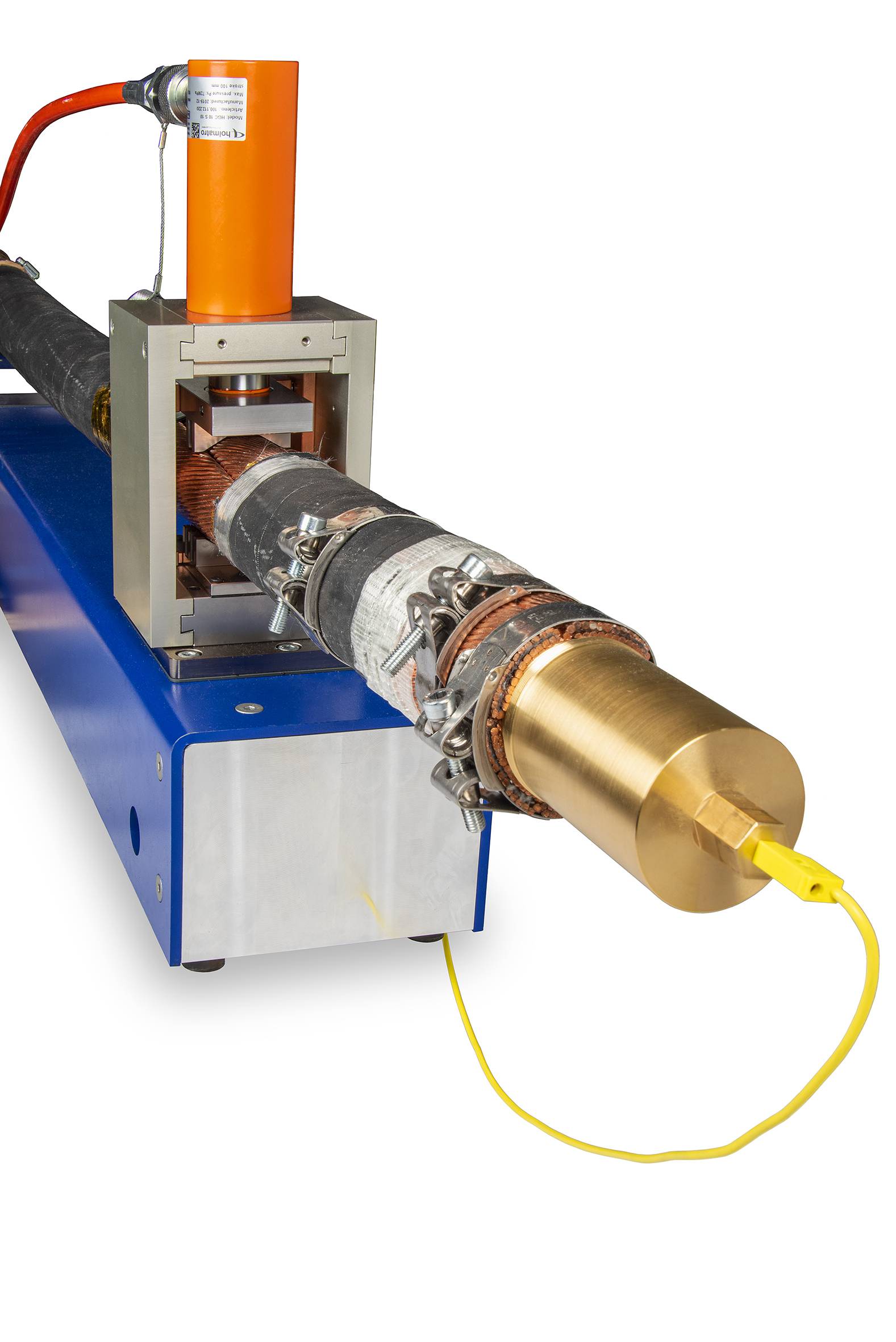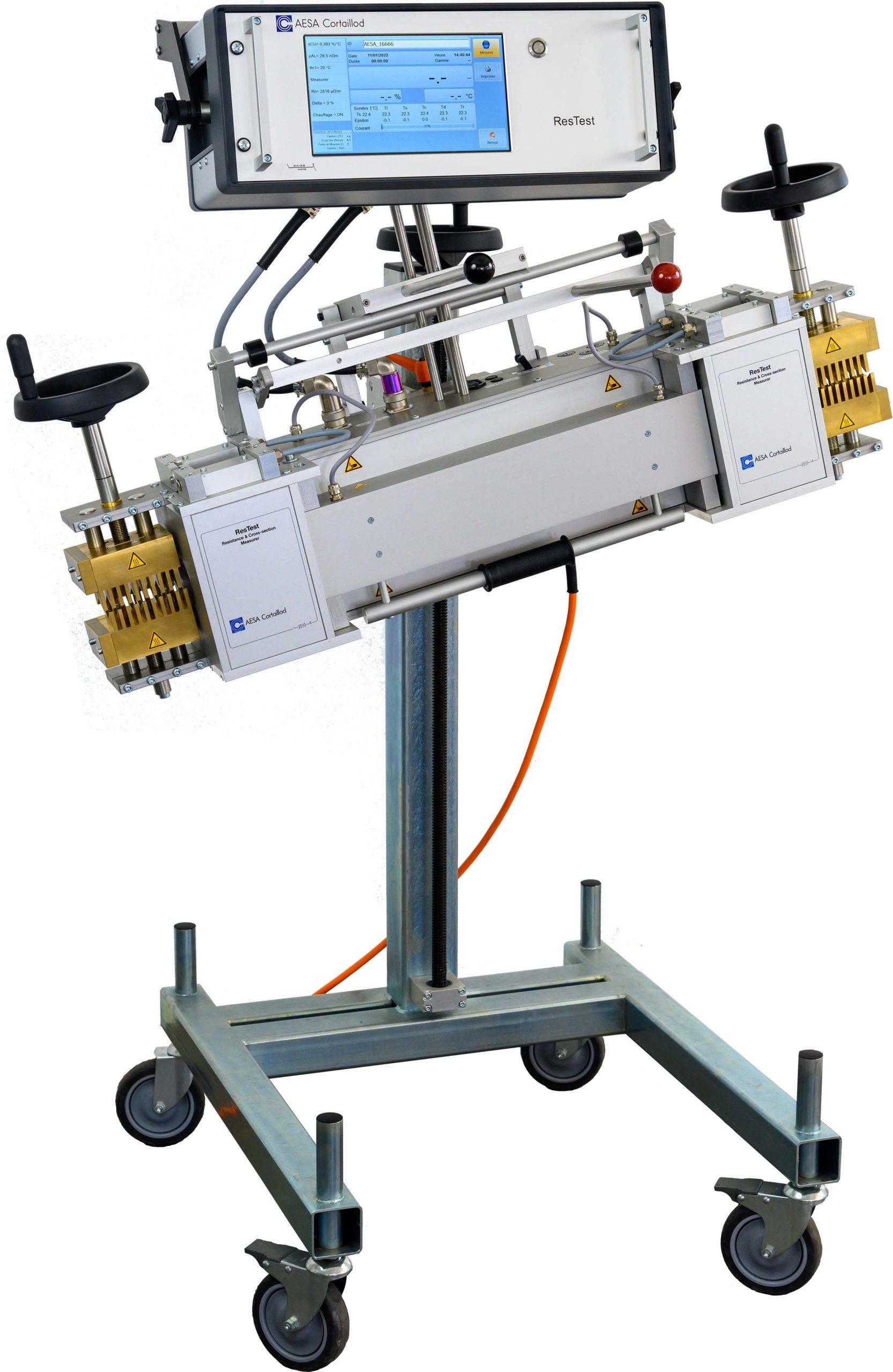Power Transmission & Renewables

Precise measurement is essential for designing efficient and reliable power cables. This also counts for submarine power cables that transmit energy from offshore renewable farms to onshore stations. Such power cables must operate flawlessly for extended periods, often without maintenance.
Whether you’re dealing with high-voltage or middle-voltage transmission lines, understanding linear resistance ensures optimal performance.
Increasing Conductor Cross-Sections
- Over the last few decades, the conductor cross-sections of power lines have been steadily increasing due to the growing demand for improved electric power transportation capacities.
- This increase impacts the sensitivity of cable linear resistance to the skin effect present in alternating current (AC) conditions.
DC vs. AC Linear Resistance:
- Linear conductor resistance is typically specified by its direct current (DC) value (as per IEC 60228), which is used to rate the maximal transmission ampacity.
- However, for large cross-section conductors (typically > 1,000 mm²), the skin effect becomes non-negligible at power frequencies (50 Hz or 60 Hz) and affects the maximum allowed transmitted power.
- The transmitted power is also limited by the cable’s maximum operating temperature, directly related to Joule losses.
Measurement Methods:
- Traditionally, a four-point bridge (Kelvin) method is used to measure the DC resistance, accounting for temperature effects and parasitic voltages.
- For AC measurements, no standardised experimental method exists yet. A new CIGRE working group is preparing recommendations for AC linear resistance measurement.
Challenges in AC Measurement:
While similarities exist with DC linear resistance measurements (such as achieving steady current distribution), specific considerations are necessary for accurate AC measurement:
- Voltage Pickup: Simply picking up the voltage at the surface of the conductor is insufficient because the generated magnetic fields around the conductor contribute to the measured voltage drop.
- Correction Factor: The technical brochure of CIGRE TB272 suggests potential approaches and defines a correction factor, ks, for estimating the AC resistance based on the DC value and design.
In summary, measuring the DC and AC linear resistance of conductors is crucial for qualifying large cross-section conductors and optimising power transmission efficiency.


ResTest 90
Conductors up to 1,000 mm2
ResTest 95 WaterBath
NEW – cool your conductor fast!
ResTest 210
Conductors up to 4,000 mm2
Axial Injection
Increasing accuracy
ResTest 8134
On-the-line for copper conductors
ResTest 8135
On-the-line for aluminium & copper
ResTest 8136
The short version
DC Linear Resistance
Cable Testing Laboratory
AC Linear Resistance
Cable Testing Laboratory









